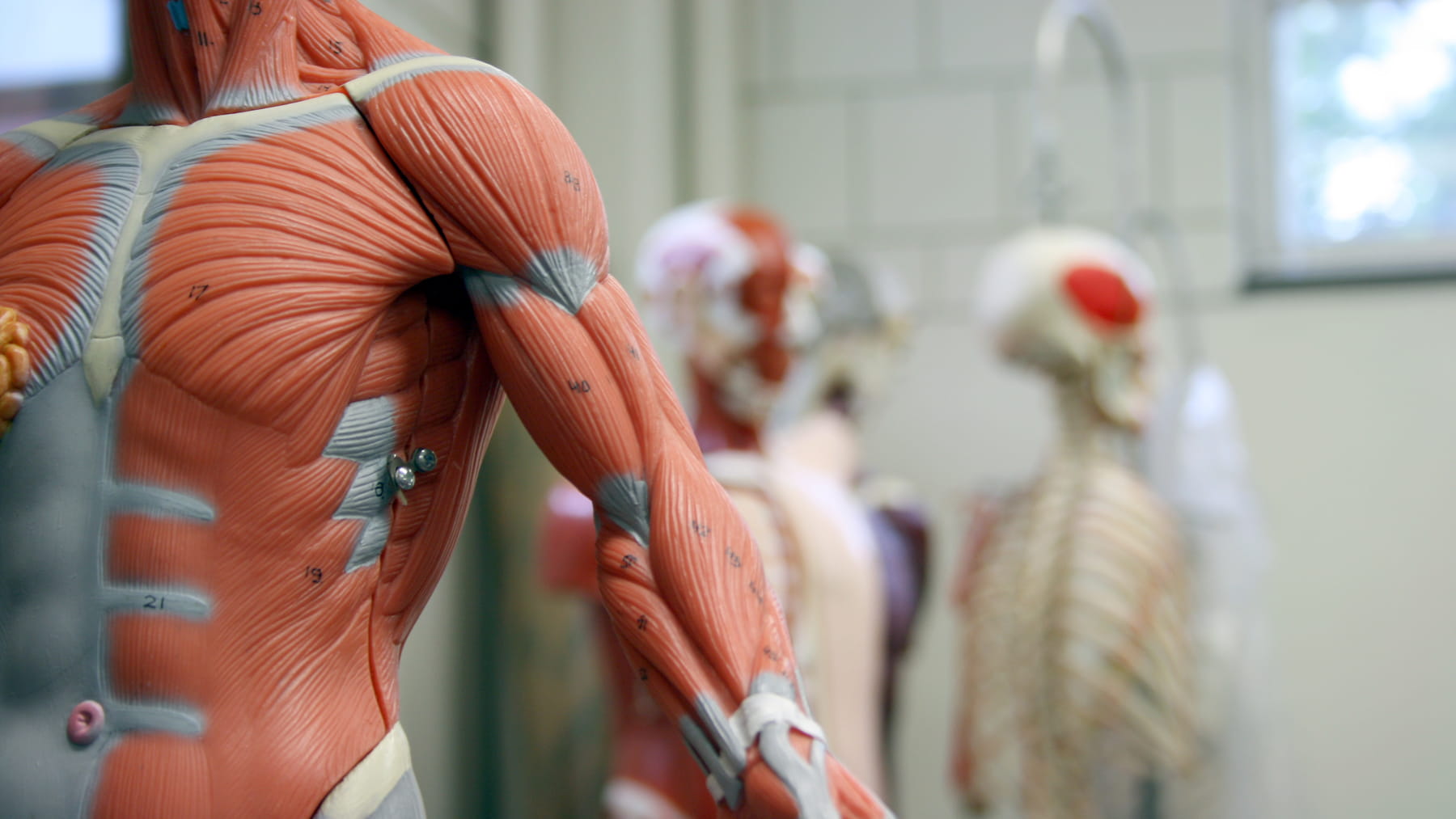Doctors share fascinating facts about our bodies

You could say David Kaplansky, DPM, wants his patients to always put their best foot forward. As a podiatrist at The Ohio State University Wexner Medical Center, it’s his job to educate patients about healthy lifestyles and the mechanics of their bodies.
“I have a passion for keeping people on their feet and, more importantly, keeping their feet on them,” Kaplansky said.
Our doctors are passionate about their work, which often radiates through the fascinating facts they readily share about their professions taking care of us, from our feet to our brains.
“Did you know that the brain has a storage capacity of about 2.5 million gigabytes?” said Michel Torbey, MD, an Ohio State neurologist. “Just think of how many gigabytes your computer has. Unfortunately, our short-term memory (RAM in a computer) can remember only up to nine items at a time at most.”
We asked other Ohio State physicians to share amazing tidbits about their areas of practice and research, and here’s what they said.
Brain
An average brain is made up of 100 billion neurons, about half the number of stars in the Milky Way. When you’re awake, your brain generates about 12-25 watts of electricity, which is enough to power a low-wattage light bulb.
“In the clinic, I evaluate and treat patients for disorders of memory and thinking. In the lab, I study the effects of diseases like Alzheimer’s and frontotemporal dementia on the brain. The marvel and complexity of the human brain has always fascinated me, and that’s why I chose to study it.”
Rawan Tarawneh, MD
Cognitive neurologist
Ears
Ears continue to grow as you age. 2 Cerumen is a beneficial, self-cleaning agent, with protective, lubricating (emollient) and antibacterial properties. That’s very important for ear canal health.
Minka Schofield, MD
Otolaryngologist
Eyes
The human eye can be so sensitive to light that, if you’re far away from artificial light like a town or city, you can see by starlight alone.
David K. Hirsh, MD
Ophthalmologist
Feet
The foot contains 26 bones, 33 joints, and more than 100 muscles, tendons and ligaments. The soles of your feet contain more sweat glands and sensory nerve endings per square centimeter than any other part of the body.
“There are several systemic medical conditions that start with symptoms in the feet.”
David Kaplansky, DPM
Podiatrist
Colon
While the colon is important to absorbing water, humans can survive without one.
“As a public health advocate, I believe in prevention. There are very few cancers that we can prevent by routine screening. Doing a colonoscopy to prevent colon cancer is one of them.”
Lanla Conteh, MD
Gastroenterologist
Liver
The liver is one of the largest metabolic organs in our bodies. It filters 1.4 liters of blood every minute.
“There is nothing more gratifying than helping patients through a liver transplant.”
Anthony Michaels, MD
Gastroenterologist
Lungs
The total internal surface area of our lungs is about the same size as a tennis court. The length of airways in our lungs is about 1,500 miles.
“My area of expertise is the care of patients who’ve received a lung transplant. I love being part of a team that gives patients their ‘second wind,’ and I feel truly blessed to be able to develop a lifelong relationship with our patients and their caregivers. We work with some of the most resilient and amazing patients as they go through the lung transplant process.”
Brian Keller, MD, PhD
Pulmonologist
Skin
Although adults and children always form scars to any deep skin injury, prior to the third trimester, the skin of a fetus will heal an injury without forming a scar.
“Dermatology is an immensely gratifying specialty; there generally aren’t lab tests or imaging studies for most diseases. They’re diagnosed by a clinician’s eye and, once you make that diagnosis, you can see a patient’s blisters, psoriasis or itching clear before your eyes.”
Benjamin Kaffenberger, MD
Dermatologist
Heart
Your heart beats about 100,000 times a day and about 40 million times a year.
Bryan Whitson, MD, PhD
Cardiac surgeon
Spine
The human neck has seven vertebrae – the same as a giraffe.
“I’m passionate about spinal reconstructive surgery as it provides me the unparalleled opportunity to combine surgical skill with the ability to change a patient’s quality of life. People see me when they’re in excruciating pain and functionally impaired. After spinal surgery, it’s truly gratifying to see them pain free and back to doing the activities they love.”
Safdar Khan, MD
Spinal surgeon
Veins
Veins aren’t really blue. They just look that way because of how the light is reflected and absorbed by your skin and the blood in the vein. Vascular surgeons need to know about every part of the body, because every part of your body needs blood flow to and from it.
“Diseases of the arteries and veins can affect young or older people, women or men and, even if you’re healthy, you can still have problems with your circulation that a vascular surgeon can help manage.”
Mounir Haurani, MD
Vascular surgeon




